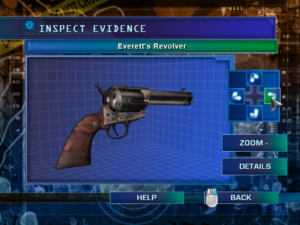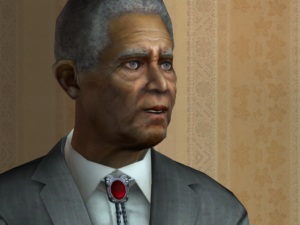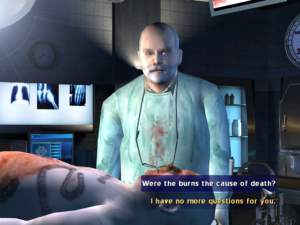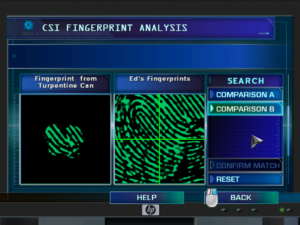PQ4: Basics
Officially, Police Quest 4 isn’t Police Quest 4. Everyone calls it that, including internal identifiers within the game resources, but on the box, it’s Police Quest: Open Season, with no hint that it’s a sequel. And for good reason: it’s not. The first three Police Quest games, set in the fictional city of Lytton 1I assume that Walls wasn’t actually thinking of Edward Bulwer-Lytton when he chose this name, but it seems seems kind of appropriate that the games honor the patron saint of bad writing., California, told the story of one Sonny Bonds in his ascent from patrolman to detective. PQ4 drops all that, shifting the scene to Los Angeles and inventing a new protagonist. Lytton, even at its seediest, always felt kind of suburban; LA lets the game plausibly add racial tensions and a gang problem. Or it would if Sierra were up to the task. This is the company that let one of their player characters pose as a rap star by getting her face covered in toner, and I really don’t think Daryl Gates added a lot of nuance to that mindset.
Despite the shift, the basics haven’t changed: the game is a police procedural in which mundane tasks like filling out paperwork are expected of the player, or at least rewarded with points. Most of my last session was spent mucking about at headquarters, and only partly because I couldn’t figure out how to exit the building. (You have to go to the lobby and click right at the very edge of the screen.) But the passage of time makes us approach it differently. Back when the first Police Quest was released in 1987, it reminded a lot of people of the TV show Hill Street Blues, with the way it showed ordinary cops dealing with ordinary crimes (such as traffic violations). Looking at first few scenes of PQ4 today, I’m mostly reminded of CSI.
In particular, of the CSI games, with their toolkit of evidence-collecting devices. PQ4 gives you a similar crime scene kit, although a much simpler one: gloves, plastic bags, a flashlight, some chalk. The surprising thing is that, in the crime scene where the game opens — and that’s another point: like CSI (both TV and game), the game opens at a crime scene, unlike the the more Hill Street Blues-like Police HQ openings of the previous PQs — in the crime scene where the game opens, you don’t actually do any evidence collection yourself. You’re not a CSI, you’re a detective. CSI plays fast-and-loose with that distinction, but if there’s one thing a police chief as writer brings to the table, it’s an adherence to hierarchy. If you, the detective, see a piece of evidence you want collected, you mark it with your chalk, and then you tell someone else to collect it. It took me some time to figure this out.
| ↑1 | I assume that Walls wasn’t actually thinking of Edward Bulwer-Lytton when he chose this name, but it seems seems kind of appropriate that the games honor the patron saint of bad writing. |
|---|
 Comments(0)
Comments(0)


